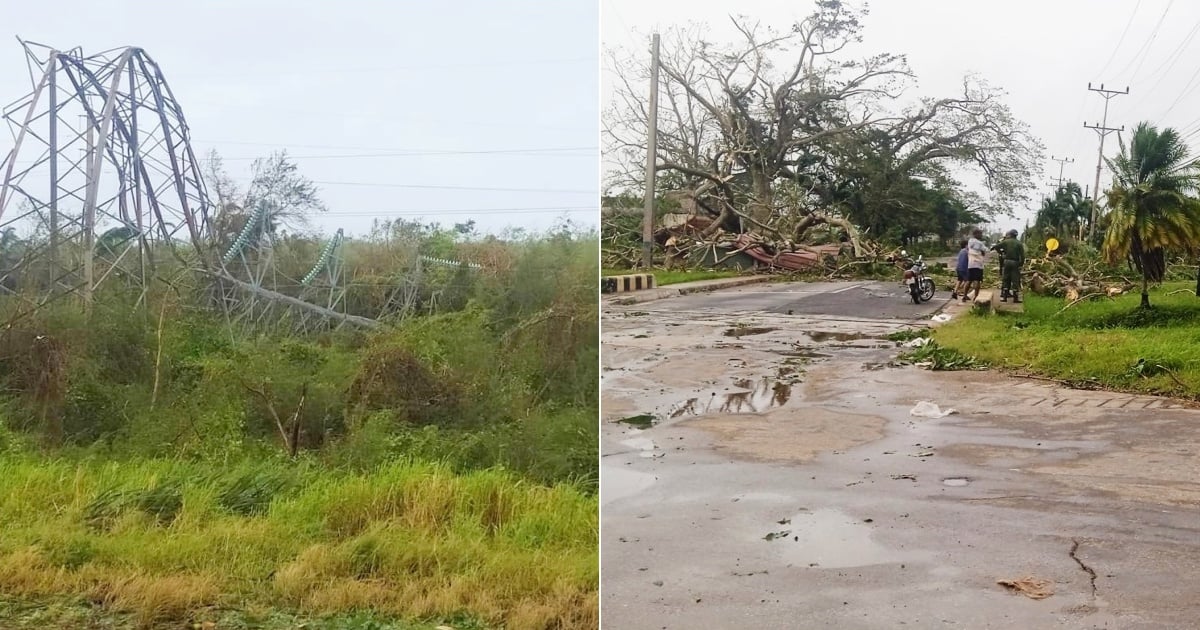
Cuba's Unión Eléctrica (UNE) reported early Thursday that progress was made on the strategy for the gradual recovery of the National Electric System (SEN) during the night of Wednesday and the early hours of today, following the general disconnection that occurred just before three o'clock yesterday afternoon.
The state entity specified that in recent hours it was possible to supply power to the Antonio Guiteras Thermoelectric Plant in Matanzas and the Nuevitas Plant to initiate the respective startup processes at those two facilities in the country.
"More than 10 emerging generation islands provide coverage in Central, Eastern Cuba, and in Pinar del Río," added the Electric Union.
The UNE—which promised to provide more information in the coming hours—specified that once daylight arrives, “specialists” will begin assessments in the western areas affected by Hurricane Rafael to “diagnose damages and start the recovery process immediately.”
At the same time, in a brief post on Facebook, the Electric Company of Havana announced that the capital will have to wait for an assessment of the transmission lines before starting to create microsystems.
On the other hand, the Ministry of Energy and Mines (MINEM) revealed that the restoration of electrical service in the area will be "a slow process."
The organization detailed that efforts are underway to restore the National Electric System (SEN) by creating electrical subsystems in the central and eastern parts of the Island.
"In the West, this process will be slower, as the necessary electrical lines and installations must be reviewed. It is a protocol that requires time," the MINEM warned in X.
This Wednesday, before Hurricane Rafael made landfall in Cuba, the Electric Union announced that strong winds had caused the disconnection of the National Electric System (SEN) and that "contingency protocols" would be implemented.
Announcement of "voluntary disconnection"
Before the general disconnection of the National Electrical System, the Electric Union and the Ministry of Energy and Mines had announced that, once the winds of Hurricane Rafael reached 60 km/h, a "voluntary disconnection" of the electrical circuits in the areas affected by the winds would be carried out to avoid damage to the infrastructure and protect lives.
"We always do that, every time an event of this nature occurs, to prevent damage to the infrastructure and also possible harm to individuals from the fall of any energized conductor. It is always important, when winds exceed 60 km/h, to proceed with the automatic disconnection of the circuits," said Lázaro Guerra Hernández, the General Director of Electricity at the mentioned ministry, in statements to Cuban Television.
However, what is surprising for Cubans is that the disconnection was nationwide.
The Electric Union had already forecasted power outages for this Wednesday, estimating them to reach 1,354 MW during the nighttime, a figure that was expected to be even higher, specifically 1,400 MW, during the daytime.
This means that, beyond the effects caused by the hurricane, many Cubans had already been without power for a long time.
What do you think?
COMMENTFiled under: